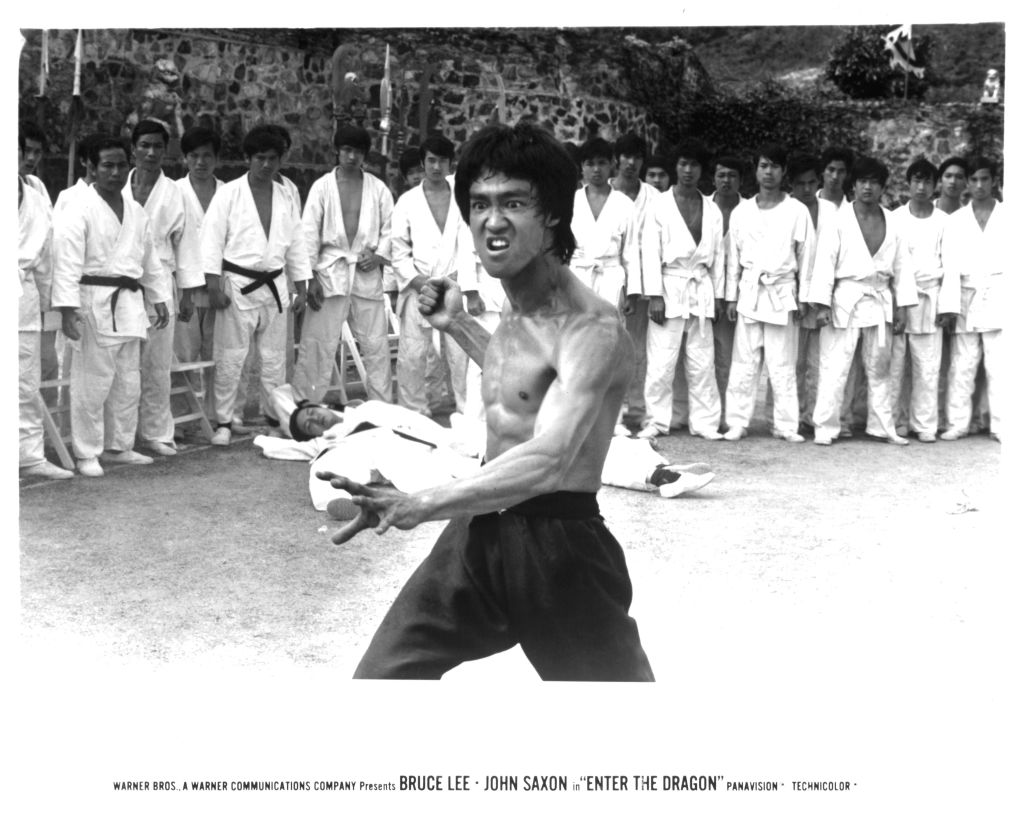Sports
‘Enter the Dragon’ With Bruce Lee Was a Surprising Box-Office Smash

Ask a casual movie fan to name the greatest martial arts film of all time, and the answer might well be Enter the Dragon. With apologies to Jackie Chan, it’s true for no other reason than the genre offers so few candidates that Bruce Lee, the subject of a new ESPN documentary, remains top of mind long after his death.
Interestingly, Enter the Dragon was both an artistic and financial success despite several obstacles along the way.
The plot of ‘Enter the Dragon’
Directed by Robert Clouse and starring Bruce Lee, Enter the Dragon is the story of a Shaolin martial artist in Hong Kong recruited by British authorities to go undercover in a fight competition on a private island and collect evidence to bring down a crime lord.
A revenge factor comes into play when Lee’s character is matched against the man responsible for his sister’s death and kills him. In a predictable twist, the villains catch Lee contacting his handlers shortly afterward. That leads to the dramatic showdown that leaves the crime boss dead following a memorable combat scene in a mirrored room.
The original script didn’t include the mirrored room. Decorations in a hotel restaurant inspired producer Paul Heller to add it, which speaks to the level of improvisation that occurred during filming. Heller said much of the look and feel of the film evolved from what he recalled of the Terry and the Pirates comic strip he read as a child.
The movie was part of a rebound for Bruce Lee
Bruce Lee had started to make a name for himself via a handful of U.S. television appearances in the late 1960s and thought he was on the verge of a breakthrough when he approached Warner Bros. with an idea for a series about a Shaolin monk in the American west. The studio was interested, but David Carradine was given the starring role in Kung Fu.
Frustrated by the snub, Lee departed for Asia to make a series of martial arts films that found success with audiences in Hong Kong. The fourth and final film in that series would be Enter the Dragon.
The producers hired young writer Michael Allin to develop a script for the flick, which was titled Blood and Steel before Lee lobbied the producers for a change. The writer and the star clashed repeatedly during filming over changes Lee wanted. At one point, he demanded that Allin be sent back to the United States.
Speaking of fighting, the talented Bruce Lee choreographed all the action sequences himself, but keeping the extras in line was a chore. Director Robert Clouse recalled that many of them were real-life gang members, some of whom tried proving their toughness by challenging Lee to real-life fights.
“Bruce wouldn’t move as the kick would invariably fall short. Then Bruce would lash out two or three times, not trying to kill him, but to ‘mark’ him. Draw blood, as it were. I saw one fellow who didn’t seem to have a mark on him after this exchange. I didn’t believe he had been hit until he opened his mouth and revealed it was full of blood.”
Robert Clouse
An artistic and financial success
RELATED:What Weight Class Would Bruce Lee Be in If He Fought in UFC and Who Would He Fight?
Enter the Dragon premiered in Los Angeles on Aug. 19, 1973, less than a month after Bruce Lee’s death at the age of 32. Lee had attained fame in Hong Kong through his previous movies, so Enter the Dragon was already expected to do well there at the box office. But the way it was embraced in the U.S caught the industry by surprise.
With Lee’s unexpected death having become major news, the marketing budget for his final movie was ramped up to $1 million, which was more than it cost to produce Enter the Dragon. The investment paid off as the movie grossed $25 million in the U.S. and $90 million worldwide, a figure than translates to about $540 million in present-day dollars.
In that respect, it was the first box-office smash for Jackie Chan, 18 years old at the time, who had a bit role in the movie as a stuntman and bad guy.
Enter the Dragon also scored with critics and holds a 94% score on RottonTomatoes.com. The Hollywood Reporter’s review referred to the Bruce Lee classic as “whoop-and-holler entertainment, which is to say that it’s a lavish, corny action movie, not boring for a second and as outrageously wry as it is visually appealing.”
The U.S. Library of Congress selected it in 2004 for preservation in the National Film Registry.











